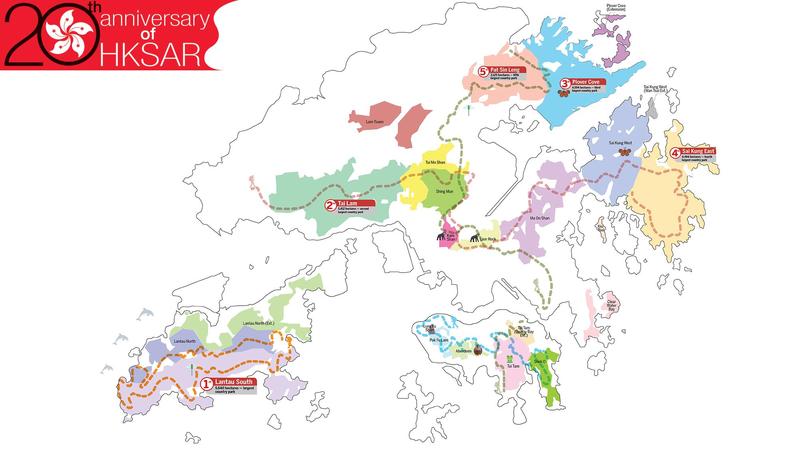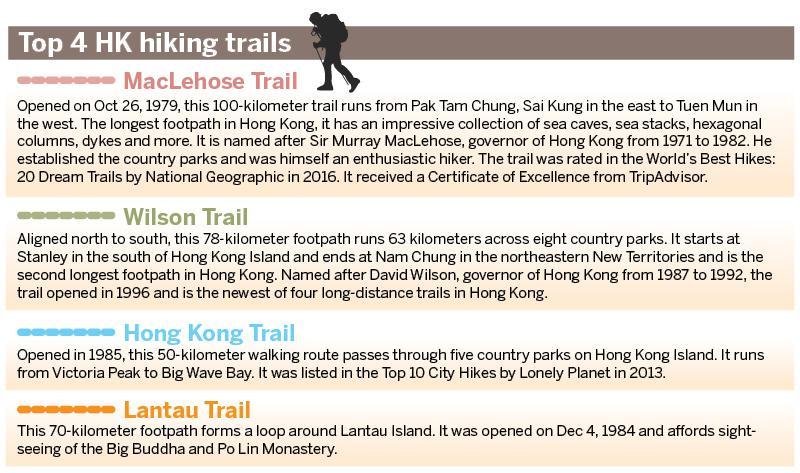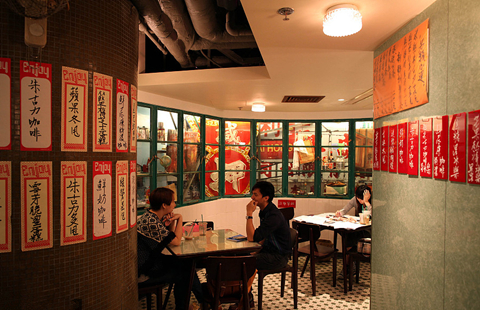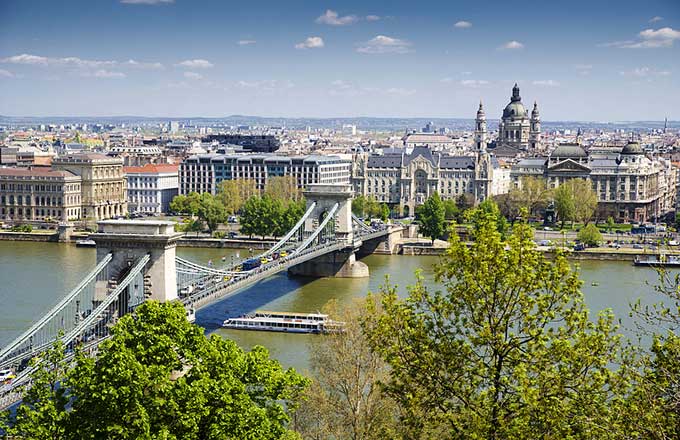Escape from the concrete jungle
As the government considers opening up the city's parklands to build public housing, experts are weighing options likely to cause the least damage to the environment. Dara Wang reports.
 |
|
Infographic: Dong Kai, DARA WANG, honey Tsang, Mok Kwok-Cheong / China Daily |
In the densely populated metropolis of Hong Kong, 40 percent of land is marked as protected natural areas. Hong Kong ranks fourth - after Venezuela, Slovenia and Bhutan - in the list of economies with the largest share of land dedicated to protected natural areas per square hectare, according to this year's World Economic Forum report. That also makes Hong Kong the leader in proportion of protected areas of all developed economies worldwide. Hong Kong's country parks are home to more than 80 percent of the city's amphibian, butterfly, dragonfly, and reptile species as well as 70 percent of the city's terrestrial mammal species.
The visionaries who designed these parks did not do so solely with an eye on protecting nature, says Wong Fook-yee, former assistant director of the Agriculture, Fisheries and Conservation Department (AFCD). These rolling stretches of green were also meant to encourage citizens with limited means to step out of their tiny apartments and get some exercise and fresh air.
The immediate trigger, says Wong, who managed country parks for almost 30 years, was social distrubance of 1966-1967. The Commission of Inquiry that looked into the matter suggested giving the disgruntled youth and working-class people who acted against the British colonial government something meaningful to do. One of the activities had to do with organizing more recreational events, including planting trees in urban areas. That's how the idea to develop country parks came about, says Wong.
In 1965, Lee Merriam Talbot and Martha H. Talbot published Conservation of the Hong Kong Countryside. Talbot, dubbed the "Father of Hong Kong Country Parks", strongly advocated liberating the people of Hong Kong from the tiny, constricted spaces in high-rises in congested urban areas and putting them back in close contact with nature.
As the population grew and urbanization intensified, the bid to protect forests and watersheds from unplanned development was strongly felt as well. In 1973, then Hong Kong governor Murray MacLehose told the Legislative Council, "The mountains and beaches are for the many but the golf courses and yachts are for the few," underscoring, in no uncertain terms, the importance of protecting parkland for the benefit of the masses. MacLehose saw the parks as a way for people to regain a state of physical and mental equilibrium, said Wong.














